Theme: Gender (sex, androgyny, LGBTQX, oppression)
Image 1: “Untitled” from “Early Color Portfolio,” circa 1976 by Jo Ann Callis
I chose this image because it challenges gender norms, relating to my theme of gender, especially being that it was taken decades ago. The model is standing confidently, almost challenging the person behind the viewer, while standing shirtless in men’s shoes and khaki pants. Aside from her painted nails and dainty gold bracelet the picture challenges the notion of what a woman was supposed to look like and wear.
Seeing that the picture is from 1976, you’d think society would have gotten to a place where all nipples are equal. Seeing as we haven’t, this piece seems like it would fit perfectly into the Free The Nipple movement. Though this photo isn’t as controversial as some of Jo Ann Calli’s other work, it’s the one that resonates with me because of current relevance to the Free The Nipple movement and all the women’s marches that have been happening.
- “Untilted” by Jo Ann Callis
- Elements of Art & Design
- Principles of Art and Design
People who support ‘Free the Nipple’
Image 2: From the “Autocomplete Truth” by Christopher Hunt
UN Women is a branch of the United Nations focused on fighting for gender equality. UN Women fights for women all over the world who are in need. For the campaign “Autocomplete Truth” UN Women worked with Christopher Hunt to show some sexists stereotypes that are believed about women. By placing the words over the woman’s mouth, Hunt shows that she is being silenced by the beliefs held against her. It is a powerful campaign and it helps point out ways in which gender inequality is still around
- from “Autocomplete Truth”
- Elements of Art and Design
- Principles of Art and Design
Other pictures from the “Autocomplete Truth” campaign
Image 3: Family portrait with Frida Kahlo in a man’s suit
Frida Kahlo was much before her time. Her controversial beliefs on gender and sexuality, the confrontational aspect of some of her paintings, and her level of self-acceptance would have fit well in today’s society. Kahlo very openly challenged the traditional binary gender roles. Kahlo challenged them through the way she dressed, acted, and through her artwork. When researching or studying gender it is always important to look at those who challenged or changed the binary and beliefs surrounding it.
Frida Kahlo and gender
Constructing gender
The gender spectrum
- Kahlo’s family portrait
- Elements of Art and Design
- Principles of Art and Design
Image 4: Advertisements for a ballet (ABT) at Lincoln Center
When trying to decide on where to go to get pictures for the assignment my mind immediately jumped to Lincoln Center. Lincoln Center across the street from the high school I went to, so I know it well enough and it is a perfect place to look at gender and gender roles.
Lincoln Center is home to many performances by the American Ballet Theatre, a 70 year-old traveling ballet company.
There is a variety of ways you can look at ballet when researching gender. The first being that in a lot of ways ballet perpetuates the gender binary. Ballet is full of strong men lifting up dainty women in beautiful dresses and tutus. In that regard, ballet sticks to a rigid, out-dated sense of gender and gender norms. Though there are people like Robert Binet, a young ballet choreographer, working to bring contemporary notions of gender into ballet.
Another way to look at gender in ballet is that even though it enforces gender roles, it helps to take away some of the toxic masculinity that men face every day by allowing them to be more in-touch with the feminine side. Of course, that notion also runs into problems, guys who get involved in ballet being called ‘gay’ and the notion that ballet is feminine. Despite its flaws, ballet is an art form and it gives us a unique view of gender.
- Advertisemnet for ABT at Lincoln Center
- Elements of Art and Design
- Principles of Art and Design
Image 5: Sephora storefront at Columbus Circle
Even though society is moving towards make-up being a much less gendered product than it used to be, most advertisements I see in makeup stores or commercials are of women. By constantly enforcing the idea that women and makeup are a package deal, both woman who don’t like makeup and men who do like makeup are being excluded, as well as people outside the gender binary.
Even in a city like New York, there is still a stigma around showing men in advertisements for make-up and other stuff that is still considered feminine. The sooner society accepts that inanimate objects are not naturally gendered, the faster society can evolve.
A history of men and make-up
Men and makeup in GQ
Straight men wear makeup
- Sephora at Columbus Circle
- Elements of Art and Design
- Principles of Art and Design
Image 6: “Femme Maison” Photogravure circa 1984 by Louise Bourgeois
At the MOMA, Modern Museum of Art, there was an exhibit dedicated to the work of Louise Bourgeois. Most, if not all, of the work shown, had a connection to gender and womanhood. Out of all the pieces that were hung up, a few of them several feet long, the one that caught my eye was a small photogravure print on pink paper. Something about the piece called out to me.
When I got close to the piece I could see that it was a print of a woman who is also a house. Standing there looking at the piece I couldn’t help but think it was a fantastic commentary on how woman are expected to be housewives. In the piece that woman is not just told to take care of the house, she becomes the house.
Giving economic value to housewives
The stigma against housewives
- “Femme Maison” by Louise Bourgeois
- Elements of Art and Design
- Principles of Art and Design
Image 7: “Christina’s World” circa 1948 by Andrew Wyeth
“Christina’s World” by Andre Wyeth is one of the paintings that I have to stop and admire everything that I’m in the MOMA. It’s such an evocative painting. The part of the painting that I’ve always been drawn to in a weird way is how lost ‘Christina’ seems. She’s farm away from the farmhouse, sitting in the fields, but in the sort of way that you can feel something bad about to happen. Though the painting is called “Christina’s World”, to me ‘Christina’ has always seemed trapped, like she is trapped in a nightmare.
Once I looked into the painting I found that ‘Christina’ wasn’t the victim of the world but rather a depiction of Wyeth’s sick neighbor. Though I know that the reason she’s crawling is that Wyeth’s neighbor was crippled by polio, I still can’t help but look at the painting and see a woman waiting to be someone’s prey.
Women of the 50’s
Societal roles and expectations the 1940’s- 50’s
- “Christina’s World” by Andrew Wyeth
- Elements of Art and Design
- Principles of Art and Design



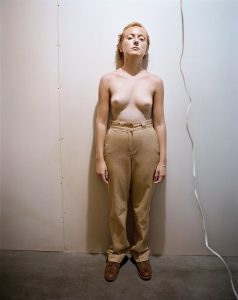
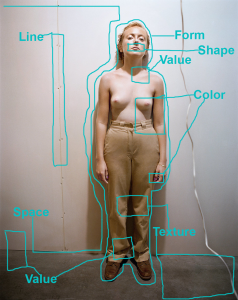
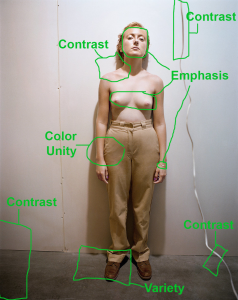
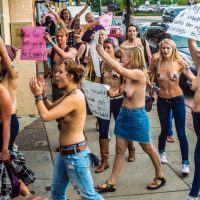
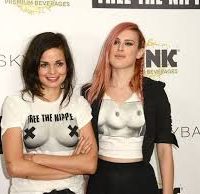
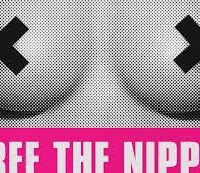
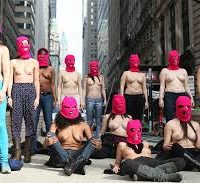
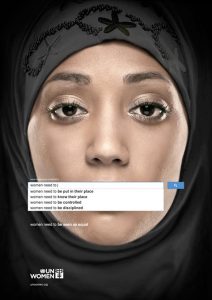
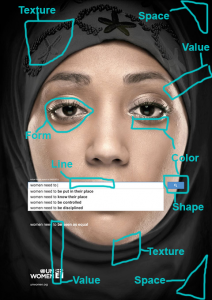
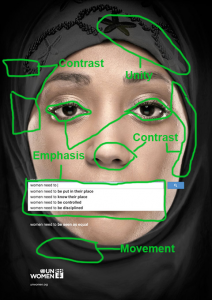
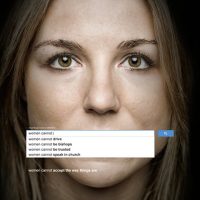
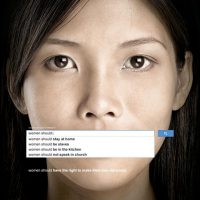

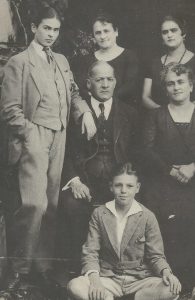
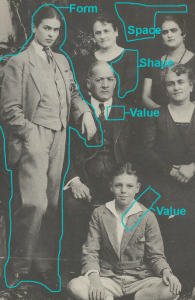

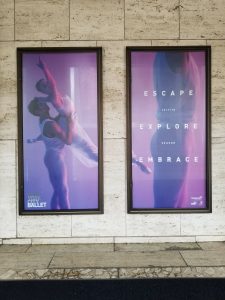
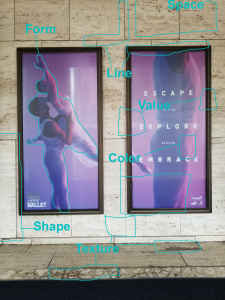


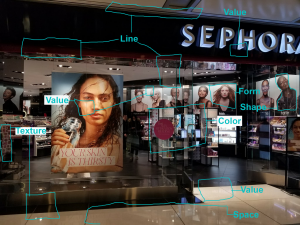
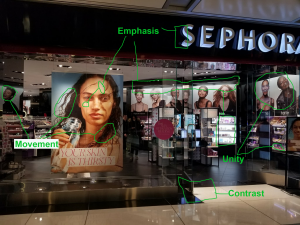
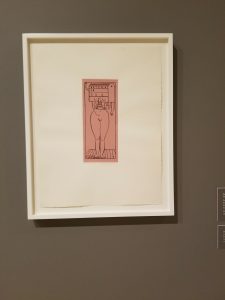
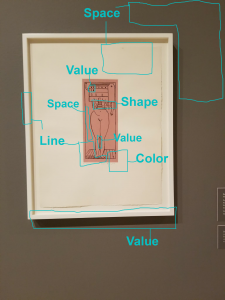
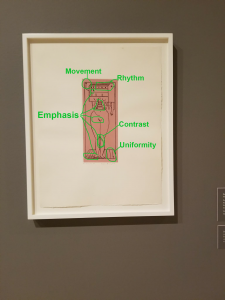
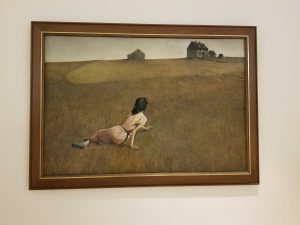
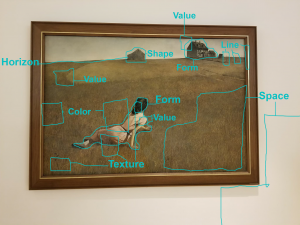
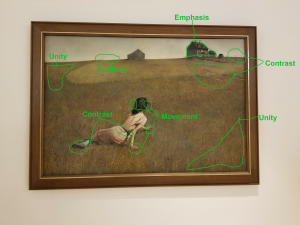
What if the photograph was a painting, how/would the concept be altered?
What if the photograph was of a man, would it still have a vulnerable aspect to it?
If you saw the photograph happen live would it change your opinion on it, how?